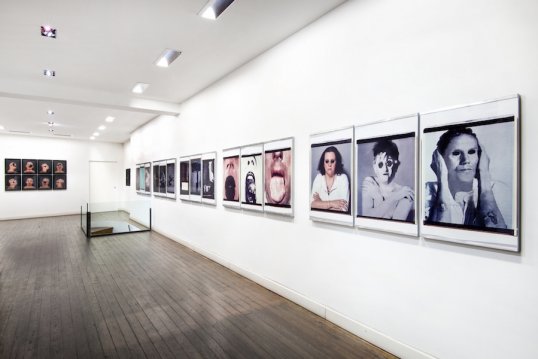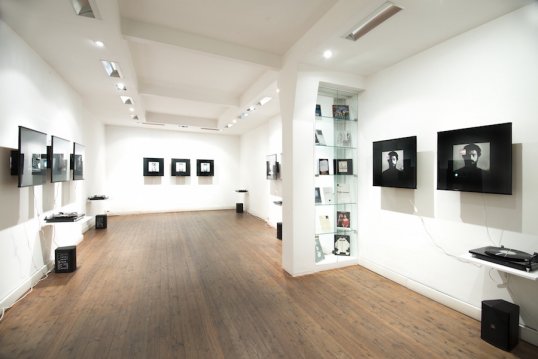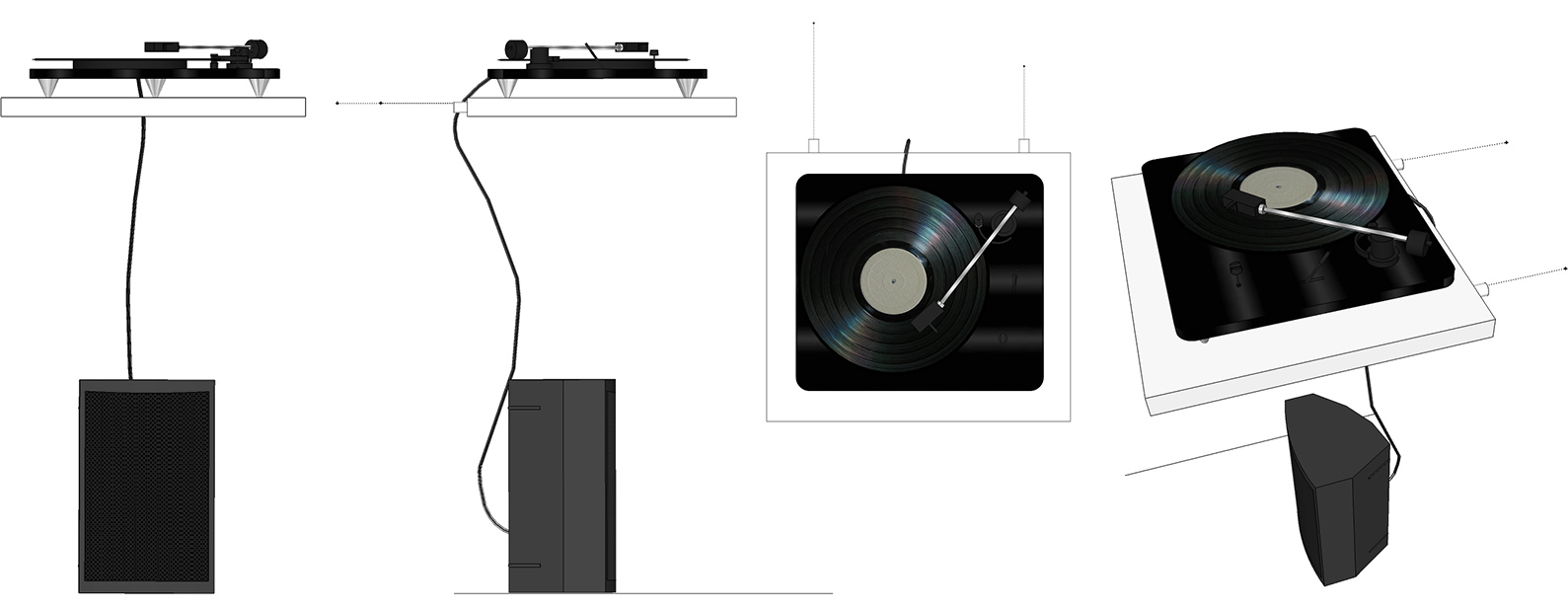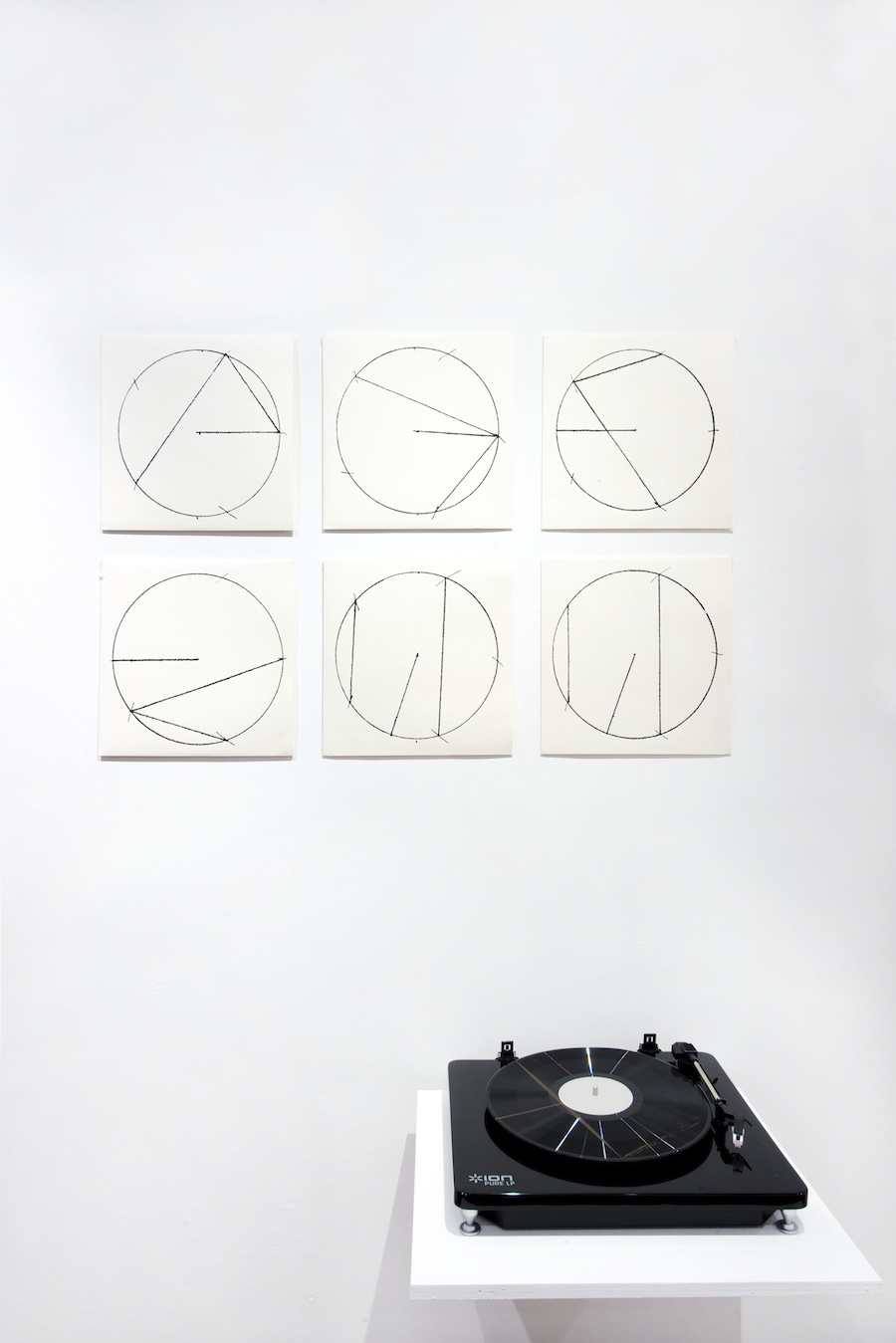Il video è un piccolo omaggio alla migrazione dalla Galleria Milano alla galleria Il Ponte di Firenze della mia installazione e direzione sonora di SEZIONE AUREA Sezione Ritmica di Davide Mosconi.
Andrea Alibrandi, direttore della galleria Il Ponte di Firenze, mi commissiona una nuova installazione e direzione sonora di SEZIONE AUREA Sezione Ritmica di Davide Mosconi appositamente progettata per la sua galleria.


La galleria Il Ponte nasce a San Giovanni Valdarno nel 1965 per la passione verso l’arte contemporanea di Vincenzo Alibrandi, artigiano della stampa calcografica. Dal 1977 si trova nell’attuale sede fiorentina, oggi diretta da Andrea Alibrandi.
Durante la sua più che trentennale attività, Il Ponte ha presentato un ampio ma selezionato nucleo di artisti che abbracciano tutto il XX secolo, da maestri storici ai principali esponenti dell’informale, e altri meno noti al largo pubblico, ma di assoluta qualità.
A fianco dell’attività espositiva ha preso vita un attento lavoro editoriale, con la pubblicazione di cataloghi e libri d’arte, molto curati sia nella redazione che nella veste grafica.
Il rinnovamento dello spazio, realizzato nel 2003, era legato all’intenzione di spostare l’attività della galleria su proposte maggiormente legate alla contemporaneità.

Simulazioni 3D realizzate per il progetto installativo; vista: frontale, laterale, alto, prospettica.

DAVIDE MOSCONI Sezione aurea / Sezione ritmica, 1971 – 2000
Label: ALGA MARGHEN
Genre: Sound Art | Format: 6xLP box | Catalog n.: plana-M alga08 / algamars06 | 2014
Edition of 35 copies, 6xLP box. “Sezione aura” (dedicated to the artist daughter Tantra) was conceived at her birth in 1971 and started in 2000 thanks to the solicitations of Gabriele Bonomo and the good will of the Milanese record producer Emanuele Carcano. The work was born of an old desire of Davide Mosconi: make a music which will be always different at each playing, however without altering its constituent elements. Other works based on the same premise are “Musica del Paradiso” for the tower in the park in Hiroshima, and “Opera Rotta” for the La Scala theater.
The first section of “Sezione aura” with the title “Sezione ritmica” (i.e. Rhythmic Section) makes use of at least three turntables and monophonic amplifiers where the loudspeakers are placed in semicircle around the listeners. The discs themselves are mute (in the sense of having no recorded sound) but with lines traced on their surfaces by means of various pointed objects thus producing a variety of sounds. These signs are different for each face of the three records and generate a ‘rhythmic cage’ with eight combinatorial possibilities never the same, just because it will never be possible to start the records in the same way. It is the same in the visual field when two graphic lenses are superimposed and moved against each other (the moirée effect).
Ten signs are used to mark the records, which correspond to the five sides of a pentagram and those of a five-pointed star, inscribed in a circle of equal diameter to that of the disc; plus two radiating lines: one on a vertex of the star and the other on a vertex of the internal pentagram. “The golden section of a circle takes on both algebraically and arrhythmically the property of the dominant geometry of the pentacle (associated with the Pythagorean tradition). The star-form of the pentagram is symbolic either of creative love or the beauty of harmony and of health” (from Matila C. Ghyka “The Golden Section”, ed. Gallimard 1931).
Each record of the “Sezione ritmica” 6LP box has been individually laser-etched at Fad Lab in Qatar over a period of 3 years. The whole process to release this edition took 14 years. An edition of 35 numbered copies is now available in a silk-screened box with diagrams and full liner notes. The world premiere of the installation with 6 record players has been presented during the Art Fair in Brussels this past April. The edition will be officially available for sale for the first time at ArtBasel on June 18th, 2014. Several installations are planned throughout 2015 under the direction of Gerardo De Pasquale.

